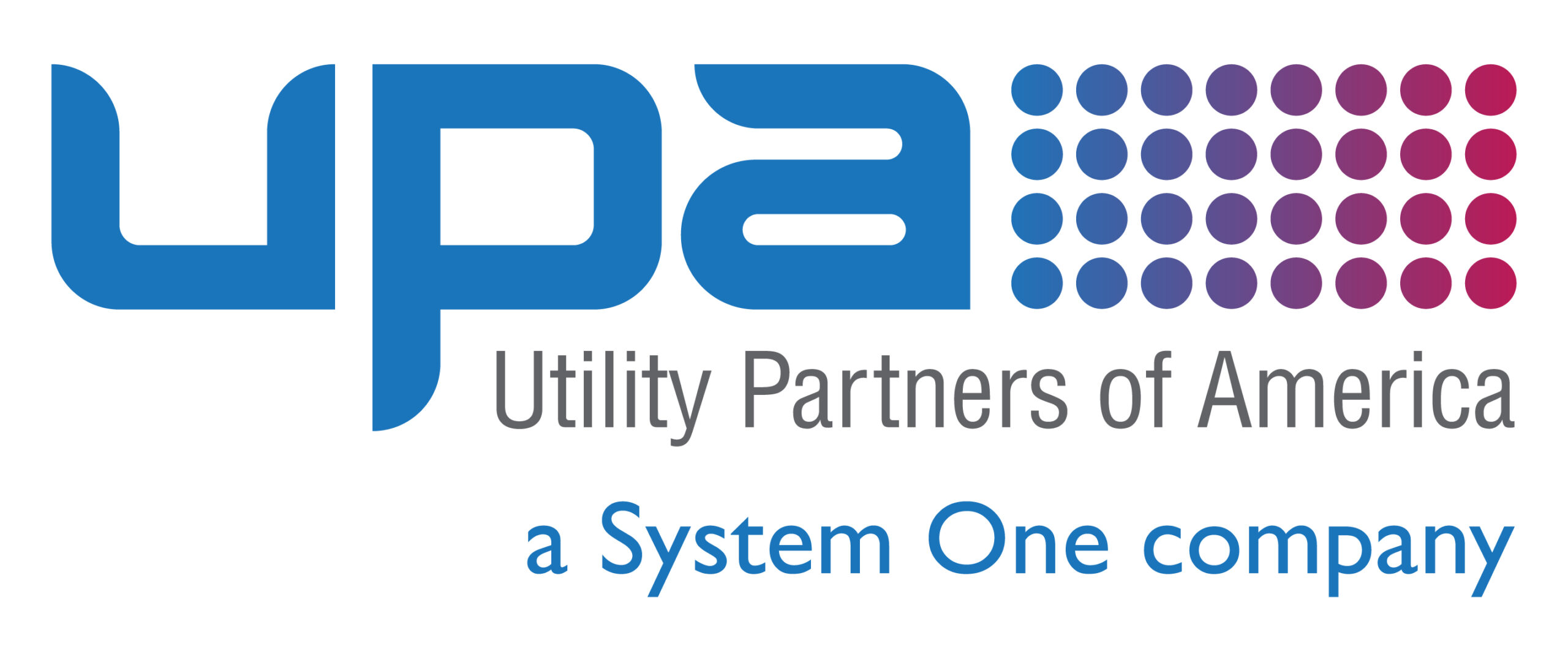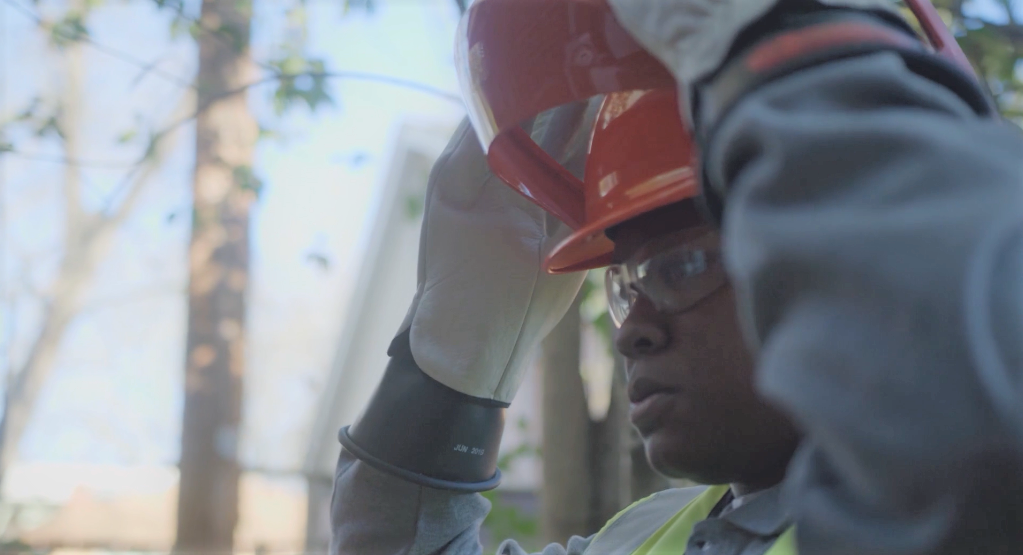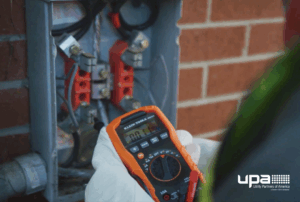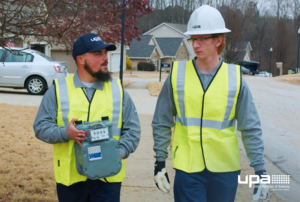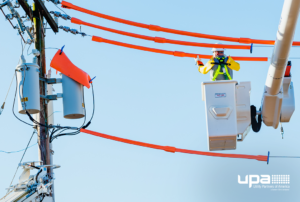When most of us think of essential equipment to have on the jobsite, tried-and-true tools like hammers, screwdrivers, wrenches and pipe cutters are the first things to come to mind. And while those are all critical for getting the job done, there’s another vital piece of equipment that can’t be overlooked: Personal protective equipment.
Also known as PPE, this equipment keeps workers safe from jobsite-related hazards, shielding them from potential injury or even death. But the reality is that the highest quality gloves, hard hats, respirators and safety glasses can all fail if the PPE is ill-fitting or in poor condition. Regular inspection of employee uniforms and PPE not only creates customer confidence but it keeps employees safer when on site. Here are a few of the top things you should know about PPE and PPE inspections.
PPE must be inspected every day
As any utility worker on the jobsite can attest, no two days are ever alike. Each day brings its own unique challenges and intricacies, and that can include unexpected damage to PPE. That’s why the start of each workday should include a thorough assessment of all PPE planned to be worn to ensure there are no chips, cracks, breaks, rips, holes, tears or other imperfections that put the worker at risk.
Faulty PPE must be disposed of promptly and properly
During the course of those daily reviews, it’s inevitable that the crew will find pieces of busted PPE. And while that type of discovery is certainly important, what they do next could be equally as impactful. PPE that is past its useful life should be disposed of immediately—without being used—and in a way that other workers won’t find it and use it at a later date. Workers who find potentially dangerous PPE should hand-deliver it to a site leader for either disposal or warranty reconciliation.
PPE does not last forever
Sure, those old boots some of your crew are wearing may be comfortable, but are they providing the best possible protection? Probably not. Most pieces of critical PPE, including protective boots, have a “best by” date—or when the piece stops working as intended. You can expect a pair of boots to last between six and 12 months, ear protection up to eight months, safety glasses up to about three years and hard hats no more than two years after the start of use. Of course, these are all just guidelines, and wear-and-tear and specific use can shorten those shelf lives accordingly.
Customers expect employees to wear PPE
When employees put on your utility’s uniform, they instantly become a representative of the brand—and everything they say and do (or don’t do) can reflect back on you. If a customer were to see an employee using heavy machinery adorned in the proper PPE and taking adequate safety precautions, chances are they’d feel confident about that worker’s ability to get the job done. Flip the script and imagine a scenario where the worker wasn’t wearing PPE, and it’s easy to see how irritated the customer might become and the types of conclusions they could jump to.
Employers must provide and pay for PPE
This one is probably one you already know, but it bears repeating that it’s the employer’s responsibility to provide and pay for PPE, according to regulations set forth by the Occupational Safety and Health Administration (OSHA). While there are a few exceptions, OSHA requires employers to pay for PPE like hard hats, gloves, safety glasses, fall protection equipment and more in compliance with OSHA standards.
Utility Partners of America can help your workers stay safe
With 25+ years of experience in partnering with utilities and energy cooperatives, the team at UPA is well-versed in the importance of PPE and how it keeps workers safe. If you’re interested in learning more about what we offer utilities like yours and the steps we take to support workers, you can contact us by filling out this form or calling (888) 667-1411.
